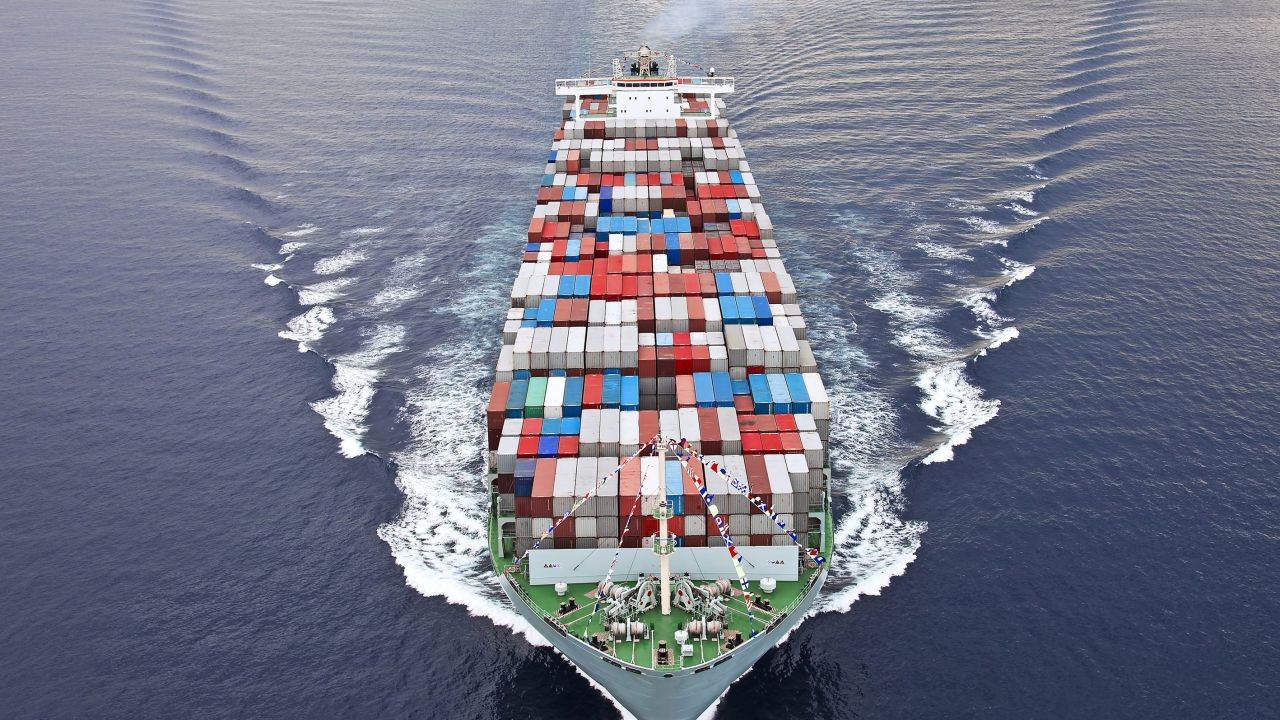New Zealand’s economy has long been characterized by its openness to trade. The small island nation, reliant on international markets, has entered into a range of Free Trade Agreements (FTAs) over the past few decades. These agreements are designed to reduce barriers to trade, such as tariffs, and foster economic collaboration. But how have these treaties impacted local businesses? Are FTAs beneficial or detrimental to the domestic economy? This article delves deep into the ramifications of New Zealand’s FTAs on its local businesses, providing crucial insights for environmental researchers and policymakers alike.
The New Zealand Context: A Trade-Dependent Economy
New Zealand’s economy is unique due to its geographical isolation and relatively small domestic market. According to Stats NZ, exports make up around 30% of the GDP, making international trade a vital component of economic health. Consequently, FTAs have become essential tools for facilitating trade with key partners, including Australia, China, and the European Union.
These agreements aim to create a more predictable and transparent trading environment, thereby boosting New Zealand's economic growth. However, the impact on local businesses varies, with some thriving under new opportunities and others struggling against increased competition.
Real-World Case Study: The Dairy Sector and the China FTA
The New Zealand-China Free Trade Agreement, established in 2008, serves as a prominent example of how FTAs can affect local industries. The dairy sector, a cornerstone of New Zealand's economy, has been significantly impacted.
Problem: Prior to the FTA, New Zealand’s dairy exports to China were hindered by high tariffs, limiting market access for Kiwi products.
Action: With the FTA in place, tariffs on dairy products were gradually reduced, providing New Zealand dairy companies with unparalleled access to the Chinese market. This led to increased investments in production and innovation to meet the growing demand.
Result: Within five years, dairy exports to China increased by 250%, contributing to substantial revenue growth for the sector. Fonterra, New Zealand’s largest dairy cooperative, reported a 65% increase in its Chinese market share during this period.
Takeaway: This case study illustrates how FTAs can expand market access and drive industry growth. However, it also underscores the need for local businesses to innovate continually to maintain their competitive edge.
Expert Insights: Balancing Opportunities and Challenges
While FTAs open doors to international markets, they also pose significant challenges. According to the Ministry of Business, Innovation and Employment (MBIE), the primary concern for local businesses is increased competition from foreign companies. This competition can lead to price pressures and threaten less competitive sectors.
Pros:
- Market Expansion: FTAs provide access to larger markets, boosting sales and revenue.
- Cost Reduction: Eliminates tariffs, reducing costs for businesses and consumers alike.
- Innovation Drive: Increased competition can spur innovation and efficiency improvements.
Cons:
- Competitive Pressure: Local businesses may struggle against established international brands.
- Market Dependency: Over-reliance on a few markets can pose risks if demand fluctuates.
- Regulatory Challenges: Navigating different countries' regulations can be complex and costly.
Common Myths and Misunderstandings
There are several myths surrounding FTAs that often cloud their perceived impact:
Myth: FTAs only benefit large corporations.
Reality: Small and medium enterprises (SMEs) also gain from FTAs through reduced tariffs and access to new markets, as evidenced by numerous success stories in New Zealand’s tech and agritech sectors.
Myth: FTAs lead to job losses.
Reality: While some sectors may contract, others expand and create jobs, resulting in a net employment gain overall.
Future Trends and Predictions: The Next Decade of Trade
Looking ahead, New Zealand’s trade landscape is poised for significant transformation. The Comprehensive and Progressive Agreement for Trans-Pacific Partnership (CPTPP) is expected to enhance economic ties with Asia-Pacific nations, potentially increasing New Zealand's GDP by 0.3% by 2025 (Source: Reserve Bank of NZ).
Furthermore, as sustainability becomes a global priority, FTAs may begin to incorporate environmental clauses. These changes could encourage New Zealand businesses to adopt greener practices, aligning with global trends and consumer expectations.
Conclusion: Navigating the FTA Landscape
New Zealand’s FTAs have undeniably reshaped its economic landscape, providing both challenges and opportunities for local businesses. The key lies in leveraging these agreements to enhance market access while fostering innovation and sustainability. As the global trade environment continues to evolve, New Zealand businesses must remain agile and forward-thinking.
Call to Action: Are you ready to harness the potential of FTAs for your business? Consider joining industry workshops and forums to stay informed and competitive.
People Also Ask (FAQ)
How do FTAs impact New Zealand businesses?FTAs open new markets, reduce tariffs, and boost competitiveness, enhancing revenue potential for New Zealand businesses.
What are the biggest misconceptions about FTAs?A common myth is that FTAs only benefit large corporations, but SMEs also gain access to new markets and reduced tariffs.
Related Search Queries
- New Zealand free trade agreements 2023
- Impact of FTAs on NZ economy
- New Zealand-China trade relations
- Future of trade in New Zealand
- Environmental impact of trade agreements
































newlaunchproperties
5 months ago